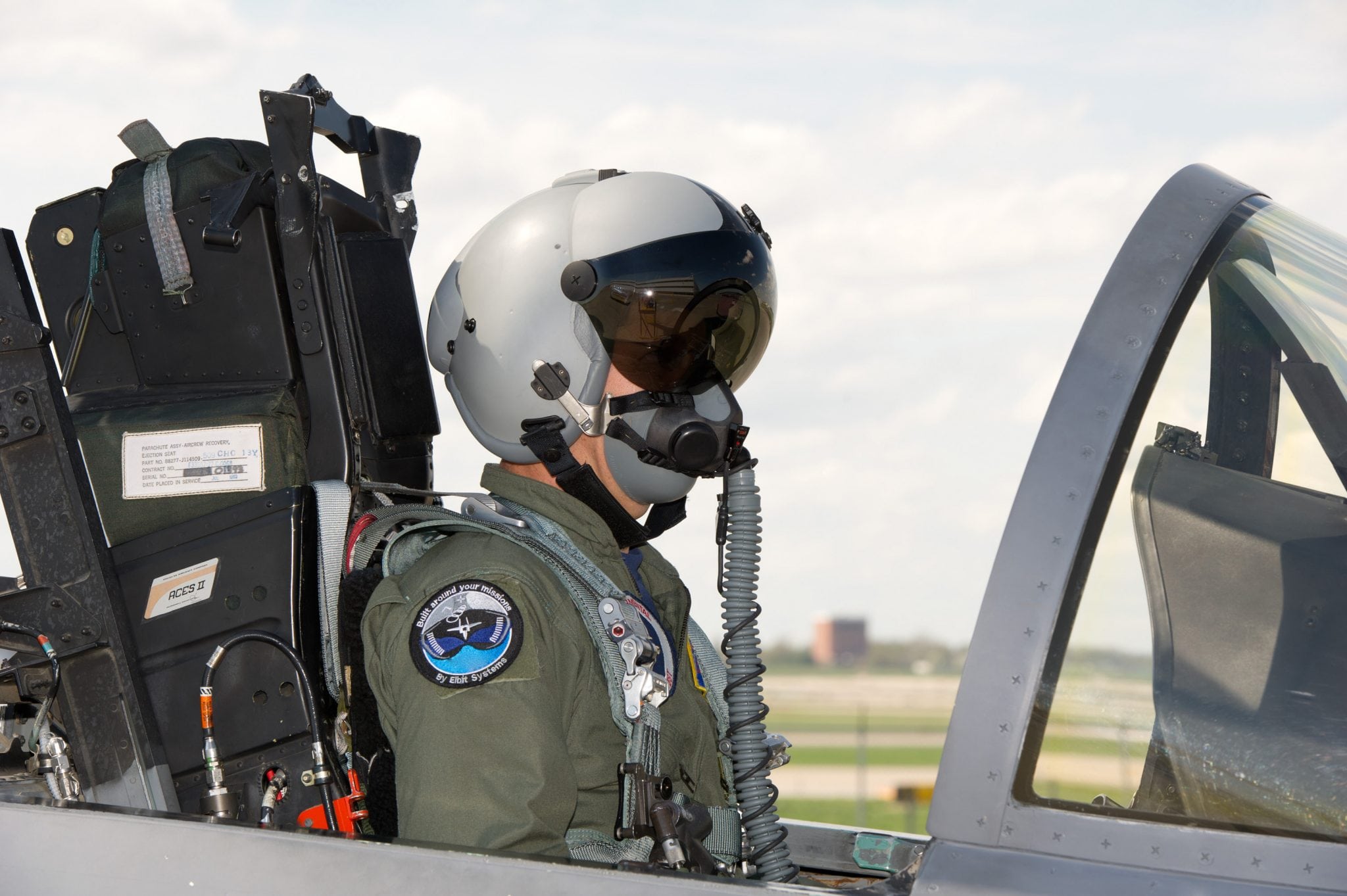 |
Boeing’s Joint Helmet Mounted Cueing System
II/hon its F-15 Silent Eagle demonstrator aircraft. |
Boeing recently validated the integration of the next-generation Joint Helmet Mounted Cueing System II/h (JHMCS II/h) on the company’s F-15 Silent Eagle demonstrator aircraft, continuing the on-schedule development of this advanced multi-role jet fighter.
The JHMCS II/h allows a pilot to aim sensors and weapons wherever he or she is looking, through the use of new head-tracking technology and a display projected onto the helmet’s visor. Produced by Vision Systems International (VSI), this system provides significantly improved ergonomics and reliability, at lower cost, than VSI’s prior JHMCS system.
A recent flight in St. Louis demonstrated the system’s enhancements and collected baseline data for the head-tracking technology.
“Both pilots who flew with the JHMCS II/h system immediately noticed that the helmet was more balanced and the smaller, lighter interface cable was less restrictive,” said Greg Hardy, Boeing JHMCS program manager.
“Integrating this enhanced system onto the Silent Eagle took less than three months between ‘go-ahead’ and first flight,” said Hardy. “This timeline was achievable because of the dedication of the industry team, the simplicity of the physical and logical integration, and the long history Boeing and VSI share on the JHMCS program.”